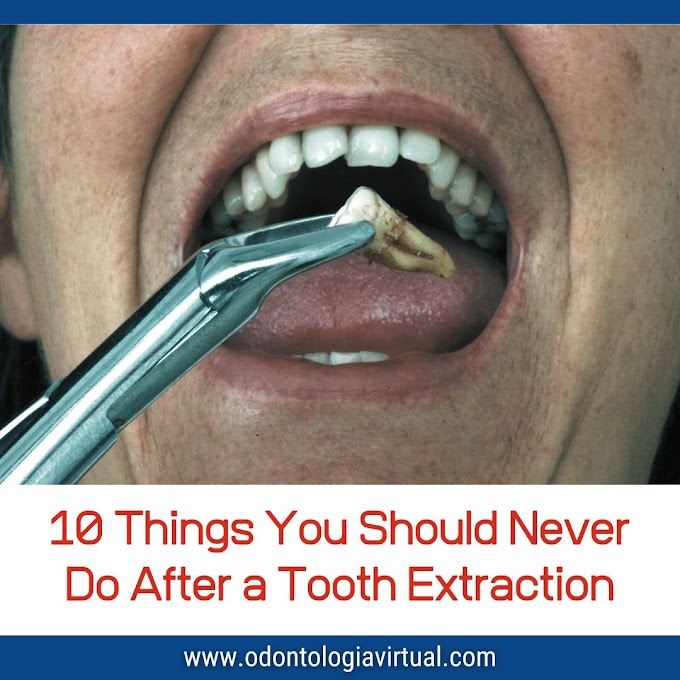In the rapidly evolving fields of periodontology and implantology, staying abreast of the latest scientific advancements is paramount for clinicians committed to evidence-based practice.
The year 2024 witnessed significant contributions that have the potential to reshape clinical protocols and enhance patient outcomes.
This curated selection of the top 10 publications from 2024 encompasses systematic reviews, meta-analyses, and innovative clinical studies.
Each entry includes a concise summary to provide insights into its clinical relevance.
🔟 Top Publications of 2024
1. Implant Health in Treated Periodontitis Patients: A Systematic Review and Meta-Analysis
✔ Journal: Dentistry Journal
✔ Summary
This meta-analysis evaluates the impact of a history of periodontitis on implant outcomes. Findings indicate that previous periodontitis significantly increases the risk of peri-implantitis and affects implant survival rates, emphasizing the need for tailored maintenance protocols for these patients.
2. Accuracy of Implant Guided Surgery in Fully Edentulous Patients
✔ Summary
This systematic review assesses the deviations between planned and actual implant positions using static fully guided surgical guides in edentulous patients. The study identifies factors influencing accuracy and suggests strategies to minimize deviations, enhancing surgical outcomes.
3. Current Status and Management of Peri-Implantitis: A Systematic Review
✔ Journal: Therapeutic Advances in Chronic Disease
✔ Summary
This review consolidates current knowledge on surgical and non-surgical interventions for peri-implantitis. It highlights the efficacy of various treatment modalities and underscores the importance of early diagnosis and individualized treatment planning.
4. Survival Rate of Immediate Implants in Periodontally Compromised Patients: A Systematic Review
✔ Journal: Journal of Prosthetic Dentistry
✔ Summary
This systematic review examines the long-term success of immediate implant placement in patients with a history of periodontitis. Results suggest that with proper case selection and maintenance, immediate implants can achieve high survival rates in this patient population.
5. Soft-Tissue Augmentation for Increasing Keratinized Tissue Around Implants: A Systematic Review
✔ Journal: Journal of Indian Society of Periodontology
✔ Summary
This review evaluates the effectiveness of various soft-tissue augmentation procedures aimed at increasing the width of keratinized mucosa around dental implants. The findings support the use of these procedures to enhance peri-implant tissue health and stability.
6. Long-Term Predictive Value of Bleeding on Probing in Peri-Implantitis Detection: A Systematic Review and Meta-Analysis
✔ Journal: Journal of Prosthodontic Research
✔ Summary
This study assesses the diagnostic value of bleeding on probing (BOP) for detecting peri-implantitis. The meta-analysis concludes that while BOP is a useful indicator, it should be combined with other diagnostic parameters for accurate detection.
7. Femtosecond Laser Upscaling Strategy and Biological Validation for Dental Screws with Improved Osteogenic Performance
✔ Journal: arXiv Preprint
✔ Summary
This experimental study explores the use of femtosecond laser technology to enhance the surface properties of dental implants. The modified surfaces demonstrated improved osteogenic responses, suggesting potential for better osseointegration.
8. Effect of the Geometry of Butt-Joint Implant-Supported Restorations on the Fatigue Life of Prosthetic Screws
✔ Journal: arXiv Preprint
✔ Summary
This research investigates how the geometry of implant-supported restorations influences the fatigue life of prosthetic screws. Findings indicate that certain design parameters can significantly affect the longevity and performance of implant restorations.
9. Optimal Design of Triply-Periodic Minimal Surface Implants for Bone Repair
✔ Journal: arXiv Preprint
✔ Summary
This study presents a computational approach to designing implants with triply-periodic minimal surfaces to optimize bone in-growth and mechanical stability. The proposed designs aim to enhance the integration and functionality of bone implants.
10. Quantitative Ultrasound for Periodontal Soft Tissue Characterization
✔ Journal: arXiv Preprint
✔ Summary
This pilot study explores the use of quantitative ultrasound as a non-invasive method for assessing periodontal soft tissues. The technique shows promise for improving diagnostic accuracy and monitoring periodontal health.
☑ These publications represent significant advancements in periodontology and implantology, offering valuable insights for clinical practice.
Staying informed about such developments is crucial for delivering optimal patient care.













